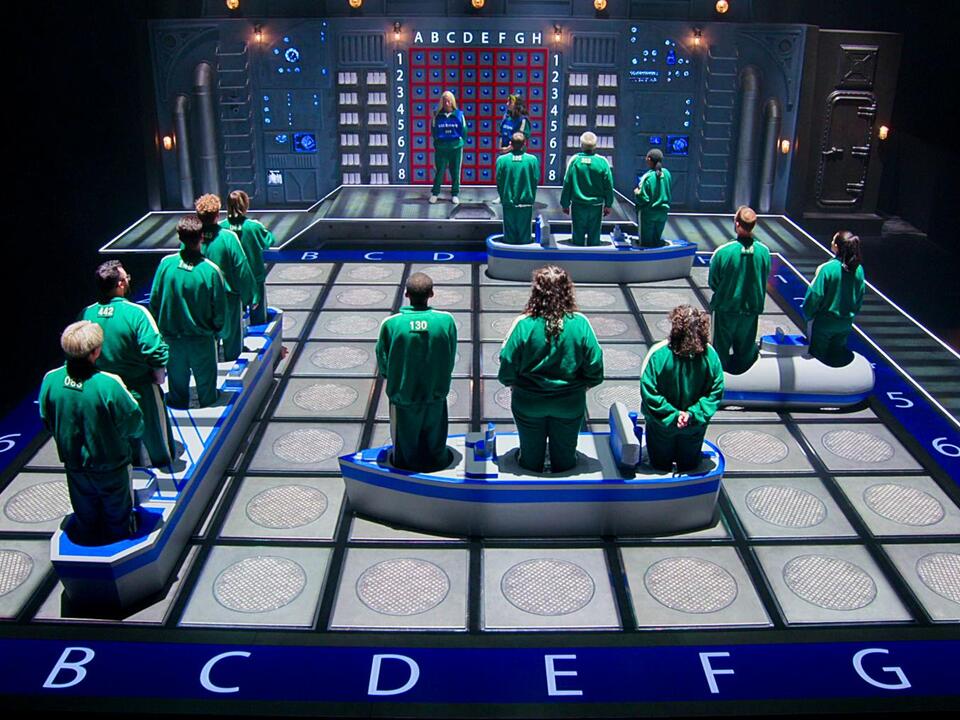Physical Address
304 North Cardinal St.
Dorchester Center, MA 02124
Physical Address
304 North Cardinal St.
Dorchester Center, MA 02124

Production designer Ben Norman has been involved in creating challenges for reality shows for several years. However, nothing quite measures up to the scale of “Squid Game: The Challenge” for Netflix. The show gathers 456 players who compete for a whopping $4.56 million through various games—some inspired by the original scripted series and others newly designed.
Adding new games was partly a measure for safety and to ensure the show remained engaging and unpredictable. Norman explained that while viewers might expect certain challenges to mimic the original series, the twist of introducing new games added the element of surprise and, in some cases, required teamwork.
When the production began, the idea was to replicate every game from the drama series. Norman spent a lot of time studying the original show, taking notes, and understanding the various processes involved in each game. However, as the project progressed, it became evident that some games were too dangerous or logistically complex to recreate safely for real contestants. This realization led to the creation of new games, one of which is called Warships.
The third episode, titled “War,” which features the Warships game, earned Norman a nomination. He believes that what stood out in this episode was the introduction of a brand-new game that retained the essence of “Squid Game.” The game was scaled up so that humans could participate while maintaining the nostalgic feel of the original board game Battleships. The aim was to create a sense of childlike playfulness combined with high stakes, significantly enhancing the viewer’s experience.
Another reason for choosing Warships was to introduce teamwork. Many contestants meticulously prepared for the show by studying every game from the drama series. The introduction of new games like Warships caught them off guard, forcing them to adapt and work together, which added a challenging twist to the competition.
Working alongside Norman was another production designer, Mathieu Weekes. They divided their tasks based on the intricacy of the game. Norman focused on more technical aspects like the mechanics of the glass bridge and the large doll for “Red Light, Green Light.” Meanwhile, Weekes handled broader elements such as dormitories and processing rooms, ensuring that the set’s overall aesthetic was maintained while enabling attention to finer game elements.
The most challenging game to design was the Glass Bridge. Translating this dramatic sequence into a real-life challenge posed significant difficulties, primarily due to safety concerns. In the drama, characters fall through glass panels, but in reality, maintaining safety was paramount. Various materials were considered, including tempered glass and sugar glass used in films, but none were feasible due to safety risks and technical limitations.
Ultimately, the design team settled on using trap doors instead of glass. The process was laborious, involving numerous safety considerations to ensure contestants could fall through the trap doors safely. Foam pits were deemed unsafe and unsanitary, and nets posed their own dangers. The final setup required extensive research and innovation to create a safe and exciting game environment.
“Squid Game: The Challenge” highlights the complexity and creativity involved in adapting a scripted series into a reality competition. The new games introduced not only added thrill but also ensured contestant safety, revealing the meticulous planning and innovation behind the scenes.
Source: Deadline



